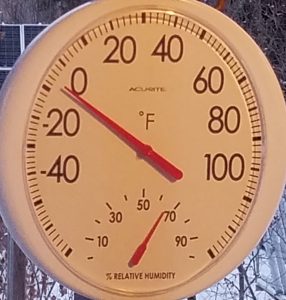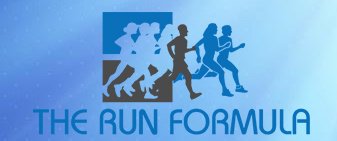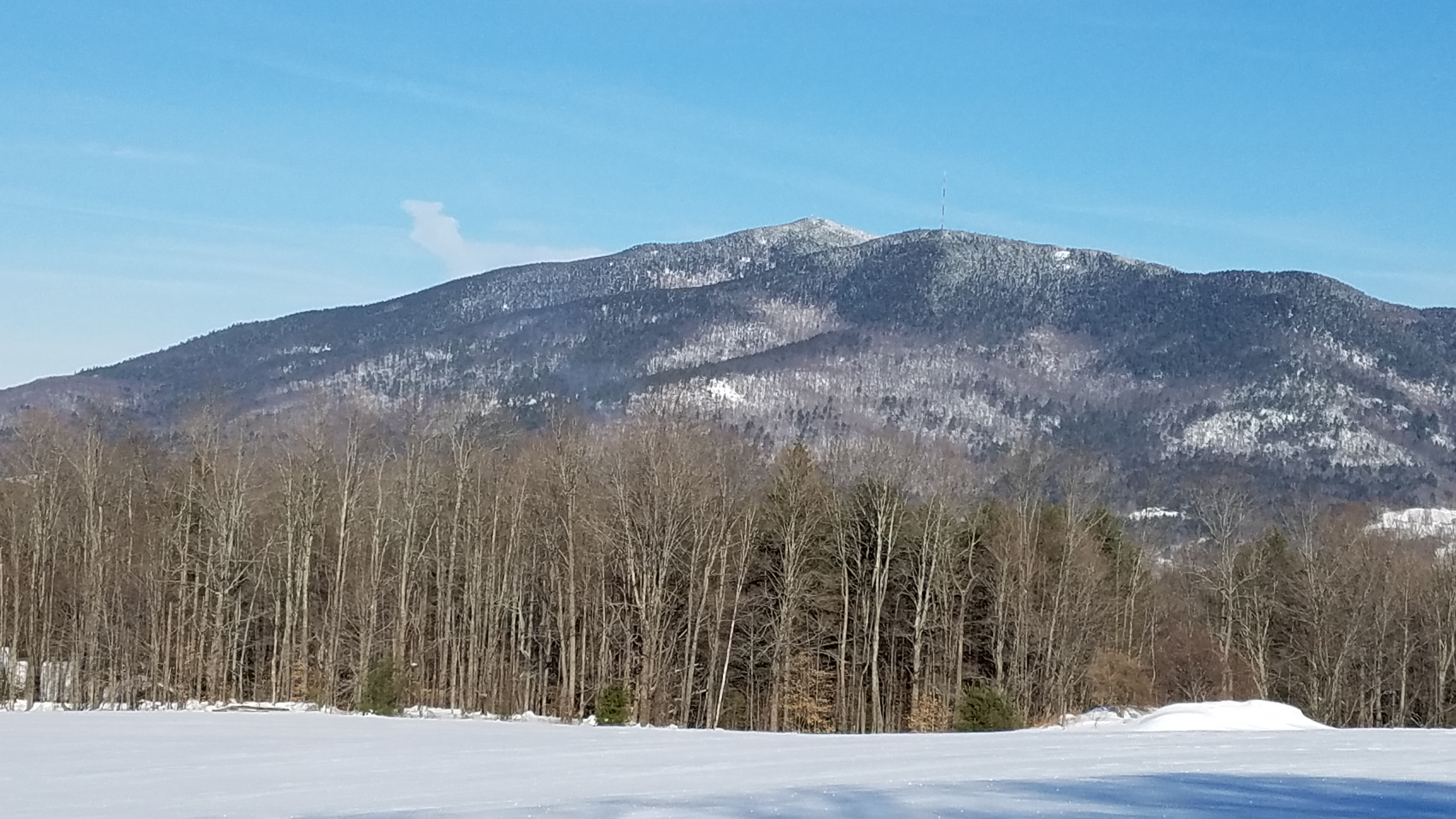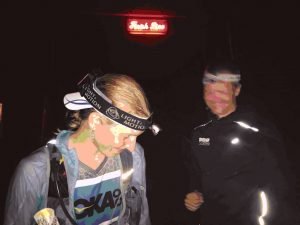Winter Training for Summer Success
Written by Lindsay Simpson, Run Formula coach
So you’re in, congratulations! You’ve marked your calendar for July 21 and it reads “VT100 Baby!” While July warmth and humidity may be hard to imagine when you’re blasted with sub-zero temperatures, snow, ice and 20 mph winds; it really is important that you get creative and disciplined with your training now to ensure that you’re ready for race day. Here are a few guidelines and strategies to build fitness and durability to handle more run training when the snow melts.

Time on feet is a smarter measure of volume versus mileage. You are going to be slower in winter at the same level of effort you might exert in warmer weather. Cold muscles simply do not work as efficiently. Footing is slippery and slow due to ice and snow. Plus, due to limited daylight hours, many runs are done in the dark which makes us instinctively more cautious. Plan your weekly and daily volume in hours and minutes so that you have measurable objectives and can let go of mileage as an indicator of training achievement.
Run frequency equals durability. A few run miles completed on most days of the week is far more advantageous for your VT 100 readiness than is completing only a few long runs per week. As runners, sometimes we hold a detrimental mindset of “all or nothing”. Life, sickness, and weather happen. If you find yourself unable to execute the entire planned run, try to do at least some of it, unless you are sick. Your soft tissues; muscles, ligaments and tendons become more durable with frequency of use over long periods of time; weeks and months. Prepping your body to handle running for a full day in July begins with consistent time on feet now.
Get run specific strong now to prevent injuries when run volume increases later in the spring. You don’t have to join your local gym. Focus on simple, body-weight exercises that you can do in three to four 15 minute sessions per week at home or on a break at work. Here are a few exercises we recommend for leg and core muscle that power your running: hack lunges, single leg deadlifts, monster walks with resistance band, eccentric calf raises, 3 minutes of continuous planks – front, then sides.
Enjoy other winter activities, but don’t kid yourself about their value as run training. Here are some guidelines. First, we recommend establishing heart rate zones and using this feedback as a reliable measure of intensity across different activities. Snowshoeing can be counted as 1-1 run volume, provided the effort is comparable to planned run intensity for that training session. We love Dion Snowshoes because they are small and lightweight, limiting changes to your run gain. Classic cross country skiing can be counted at 55% of planned run volume. So if you’re aiming for a run of 1.25 hrs, you’ll need to ski about 2.25 hours to meet your training objective for the day. Skate skiing can be counted as 35% of planned run volume. One solid day of downhill skiing, don’t count the chairlift ride time, is worth about an hour of strength work.
Above all, keep in mind that the toughest days only make you mentally stronger for the monumental challenge of running 100 km or 100 miles. When you’re on course in July, sweating and smiling up the hills, you can think back and draw confidence from all the hard winter training you completed.
Lindsay Simpson getting a 2015 VT 100 finish line fist pump from her husband John Spinney.
About Lindsay – I coach ultradistance trail runners with The Run Formula. My first crack at a race longer than 50k was the VT 100 km race in 2011 when I surprised my shorts off with a win in 12:18. I took a longer, much bumpier path to the 100 mile finish line, finally making it in 2015 with a time of 20:15. I am a lifelong runner, learner and lover of all things Vermont. Run coach bio here.



